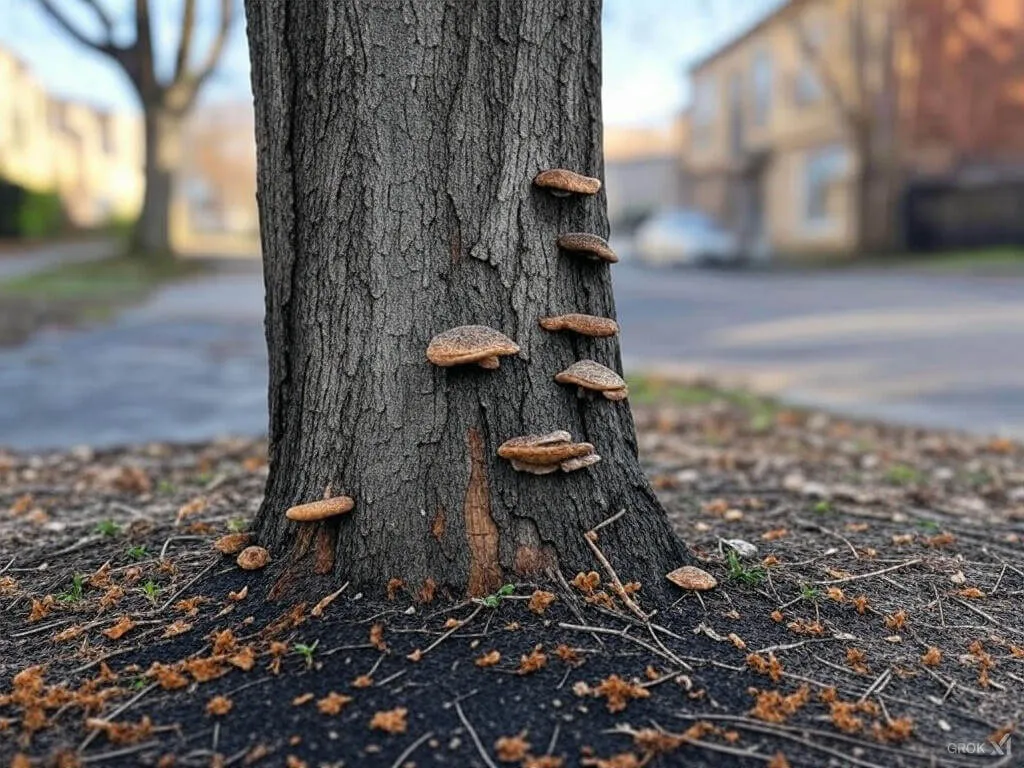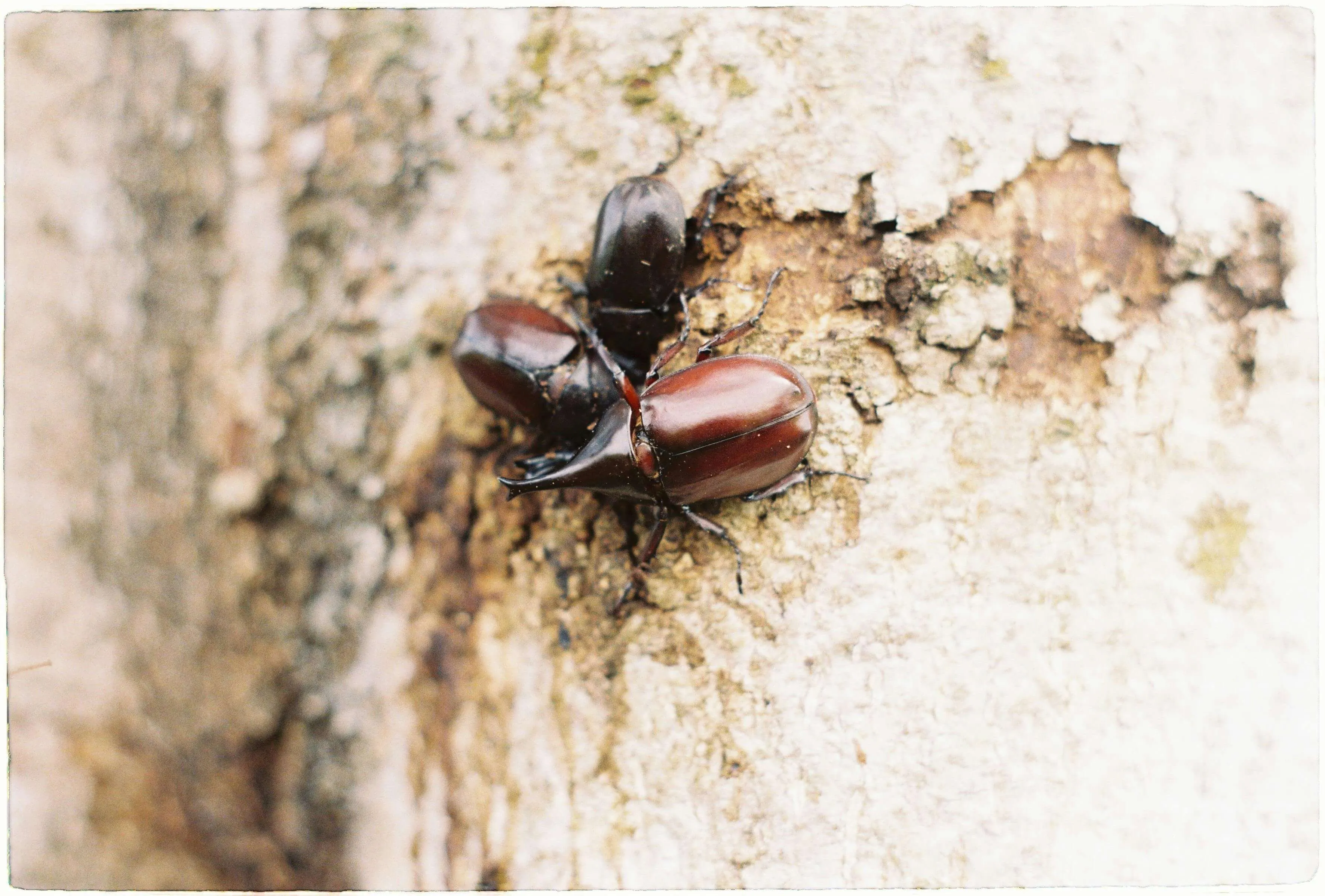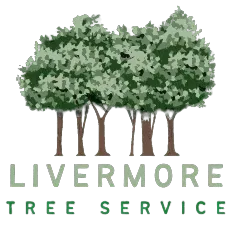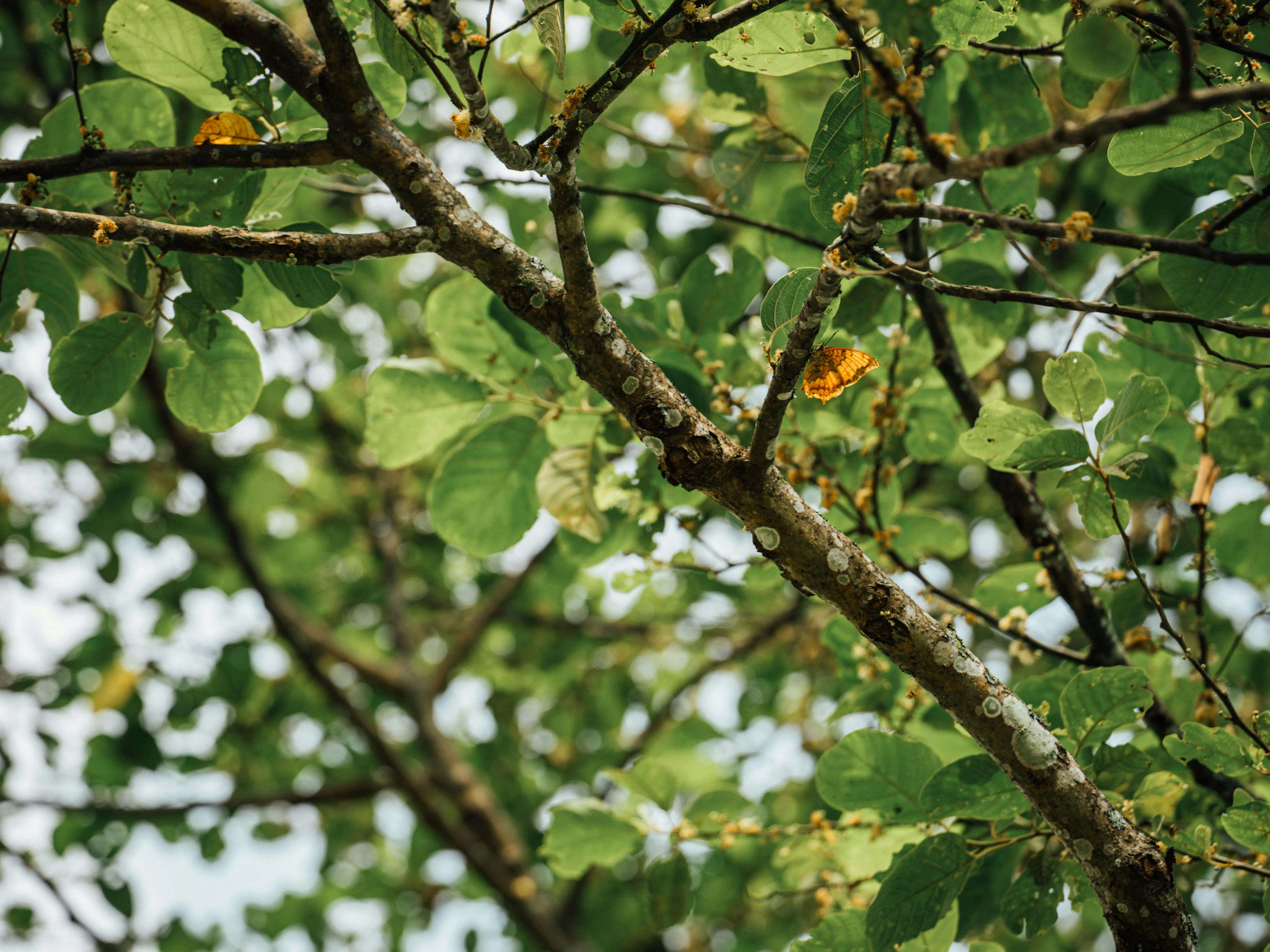Signs a Tree Needs to Be Removed: Expert Insights from Livermore Tree Service
Trees bring beauty, shade, and value to properties across Livermore, CA, but they can also become hazards when their health declines. Identifying the signs a tree needs to be removed is essential for keeping homes, businesses, and landscapes safe. At Livermore Tree Service, years of experience have shown that acting early prevents costly damage and ensures peace of mind. This guide outlines the key indicators that a tree may need professional removal, helping property owners make informed decisions.
The Importance of Early Detection
A compromised tree can cause serious problems if left unchecked. Falling branches, uprooted trunks, or structural damage are all risks that can be avoided by recognizing trouble early. In Livermore, where strong winds and seasonal storms are common, understanding the signs a tree needs to be removed is especially critical. Here’s what to watch for.
1. Visible Rot or Decay
Rot is a major red flag that a tree’s days are numbered. Look for soft, crumbly wood on the trunk, peeling bark exposing decayed areas, or mushrooms sprouting at the base. These symptoms often mean the tree’s core is breaking down, leaving it unstable. In Livermore’s climate, where moisture can accelerate decay, this is a common sign a tree needs to be removed. A hollow sound when tapping the trunk confirms the damage is serious, and removal becomes the safest option.

2. Leaning or Unstable Trees
A tree that suddenly leans to one side isn’t just an oddity—it’s a warning. While some species grow with a natural tilt, a new lean after a storm often points to root failure or a weakened trunk. This instability is a critical sign a tree needs to be removed, particularly if it’s tilting toward a home, driveway, or power lines in Livermore neighborhoods. Professional assessment can determine if the risk is too high to ignore.
3. Dead or Dying Branches
When branches drop excessively or the canopy fills with bare, brittle limbs, the tree may be in trouble. Healthy trees lose twigs now and then, but consistent shedding—especially with no new growth—suggests decline. In Livermore, where dry summers can stress trees, this is a frequent sign a tree needs to be removed. Dead branches pose a falling hazard, making prompt removal a smart choice to protect property and people.
4. Cracks or Splits in the Trunk
A cracked or split trunk signals structural weakness that’s hard to reverse. Whether caused by lightning, wind, or disease, these injuries leave the tree vulnerable to collapse. In Livermore, where sudden weather shifts can test a tree’s strength, a deep split is an urgent sign a tree needs to be removed. Waiting too long risks the tree breaking apart unexpectedly, potentially damaging nearby structures.
5. Root Damage
Roots don’t always show their struggles, but the signs can be telling. Heaving soil near the base, roots cracking pavement, or a slight tilt in the tree’s stance often indicate trouble below ground. In Livermore, construction projects or clay-heavy soils can harm roots over time, making this a subtle but serious sign a tree needs to be removed. Damaged roots can’t anchor the tree properly, increasing the chance of it toppling.
6. Pests or Disease
Pests and diseases can devastate a tree beyond repair. Look for thinning leaves, discolored foliage, boreholes in the bark, or oozing sap—common issues in Livermore with pests like bark beetles or diseases like oak wilt. When the damage spreads too far, it’s a clear sign a tree needs to be removed to prevent infestations from jumping to healthy trees nearby. Early intervention might help, but severe cases call for decisive action.

7. Proximity to Buildings or Utilities
Sometimes, a tree’s location is the problem, not its health. Branches overhanging roofs, tangling with power lines, or roots threatening foundations can necessitate removal. In Livermore’s residential areas, where trees often grow close to homes, this practical sign a tree needs to be removed is about safety and convenience. Trimming might delay the inevitable, but removal often proves the most effective long-term solution.
Steps to Take When Trouble Appears
Noticing these signs a tree needs to be removed calls for professional expertise, not a DIY approach. Tree removal is complex and risky, especially for large or damaged specimens. Livermore Tree Service recommends these steps:
- Inspect Regularly: Check trees after storms or during seasonal transitions.
- Call the Experts: A certified arborist can assess the situation accurately.
- Explore Options: Pruning or treatment might work in mild cases.
- Schedule Removal: Trust licensed pros with the right tools for safe, efficient service.
For Livermore residents, choosing a local team familiar with the area’s unique conditions ensures the job’s done right.
The Cost of Delay
Postponing removal can lead to steep consequences. A falling tree during one of Livermore’s windy spells could damage vehicles, homes, or power lines—repairs that far exceed the cost of proactive removal. Across California, storm-related tree incidents rack up millions in damages yearly, many preventable with timely action. Spotting the signs a tree needs to be removed early keeps properties safe and budgets intact.
Protect Your Livermore Property Today
Understanding the signs a tree needs to be removed equips property owners to act before disaster strikes. From rot and leaning trunks to dead branches and root issues, these warning signals demand attention. At Livermore Tree Service, the goal is to help customers maintain safe, beautiful yards year-round. If a tree on your property shows any of these signs, don’t wait—contact a professional for an evaluation. Ready to tackle a tree concern? Reach out to Livermore Tree Service today for expert advice and reliable solutions.


